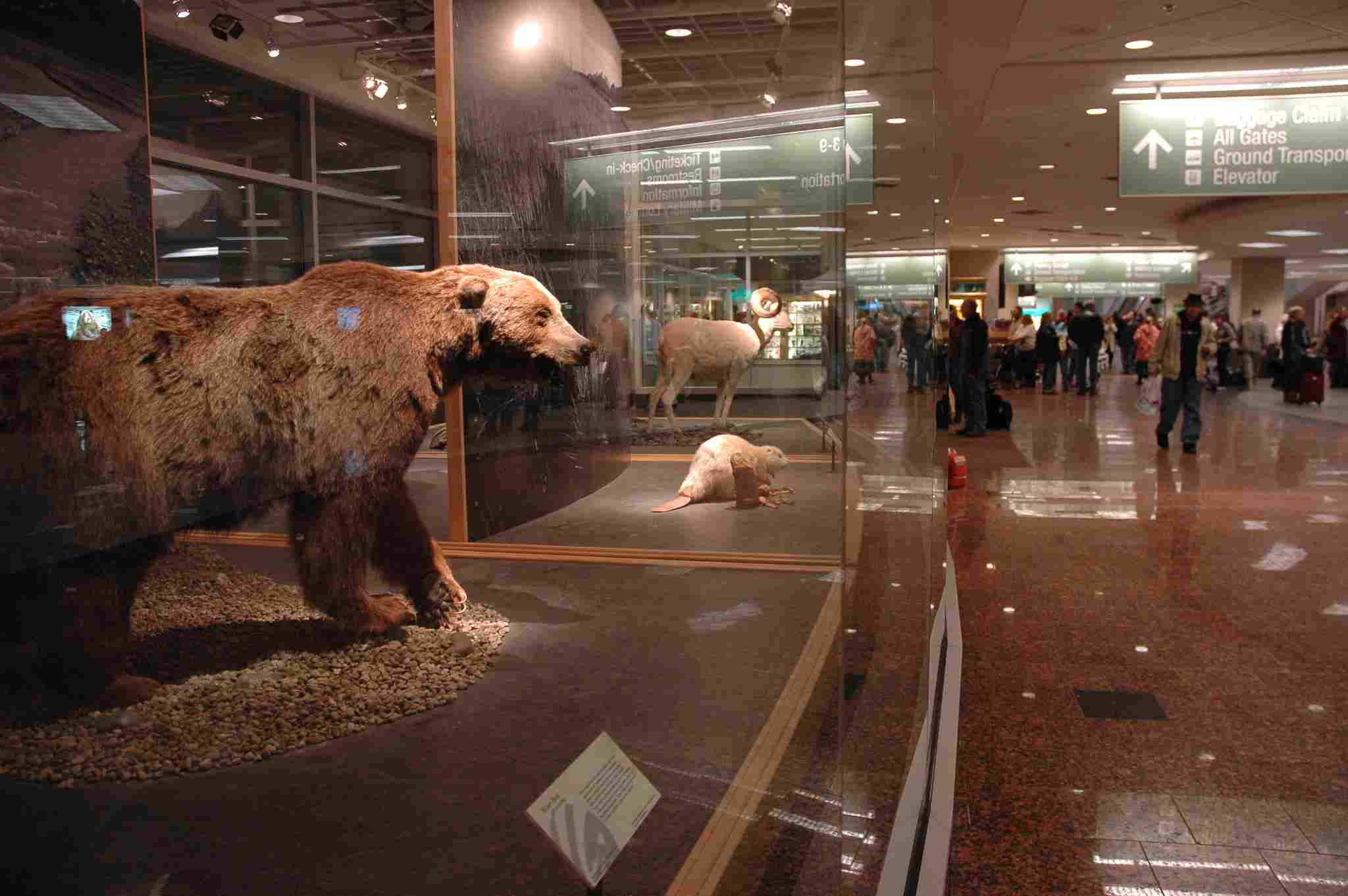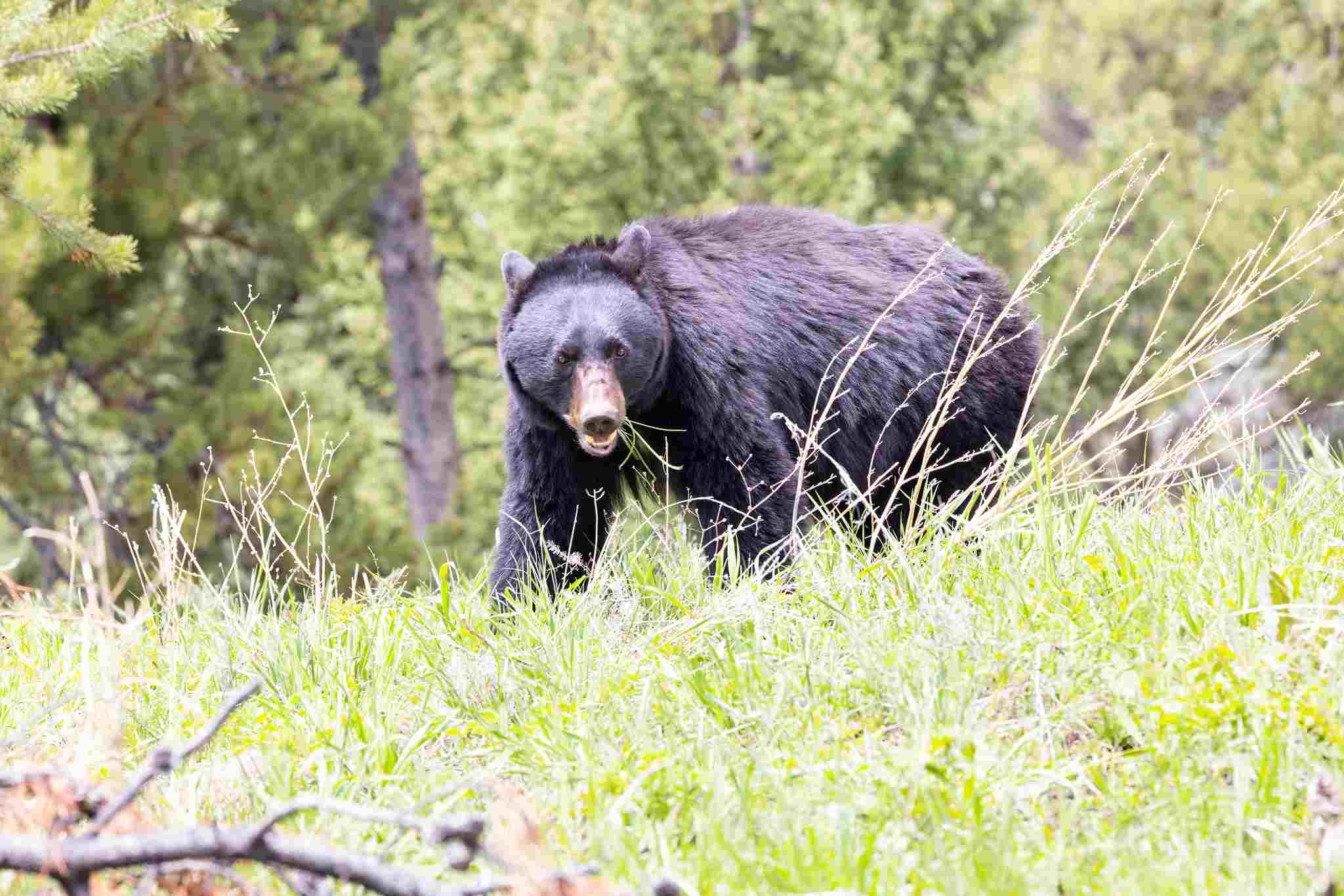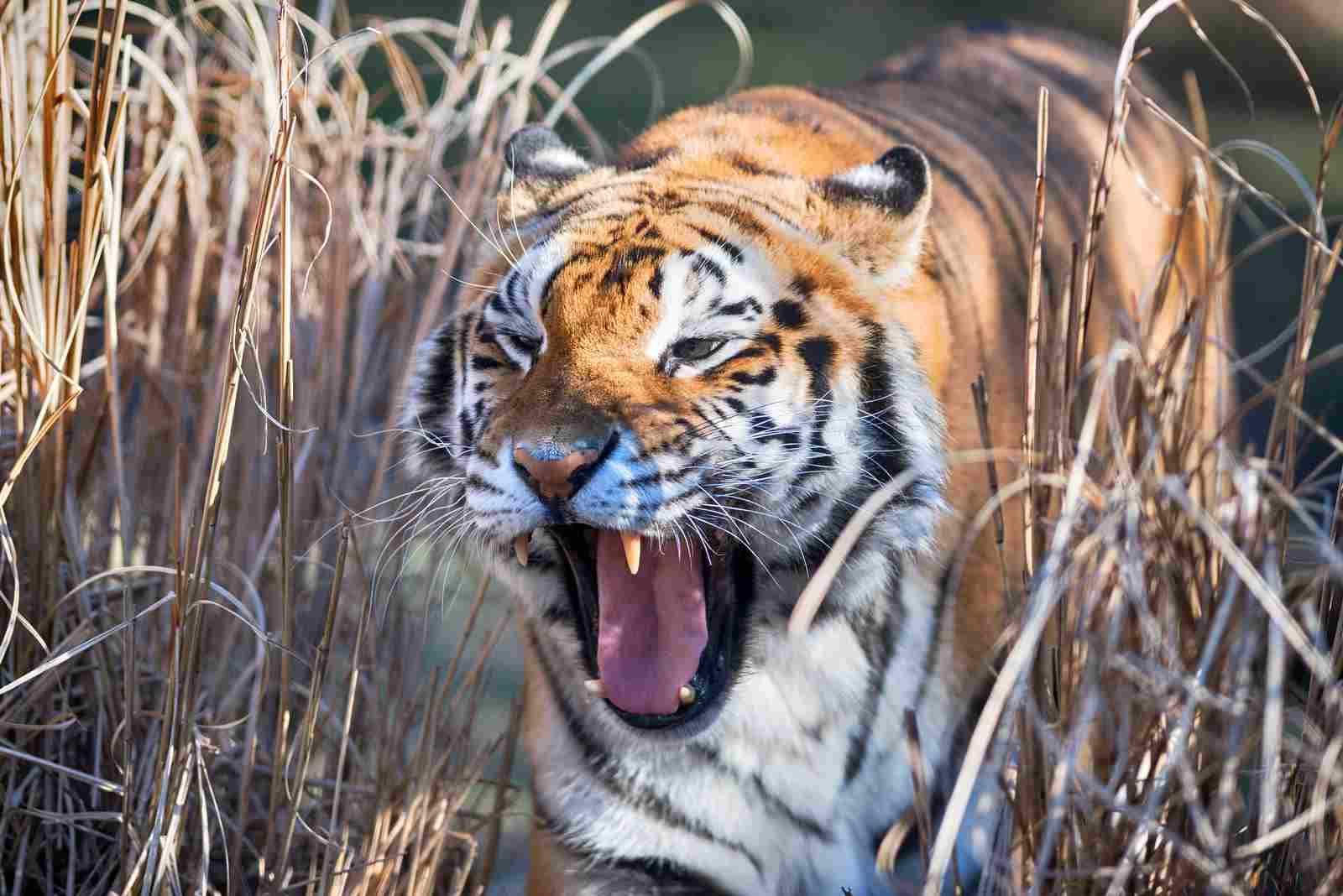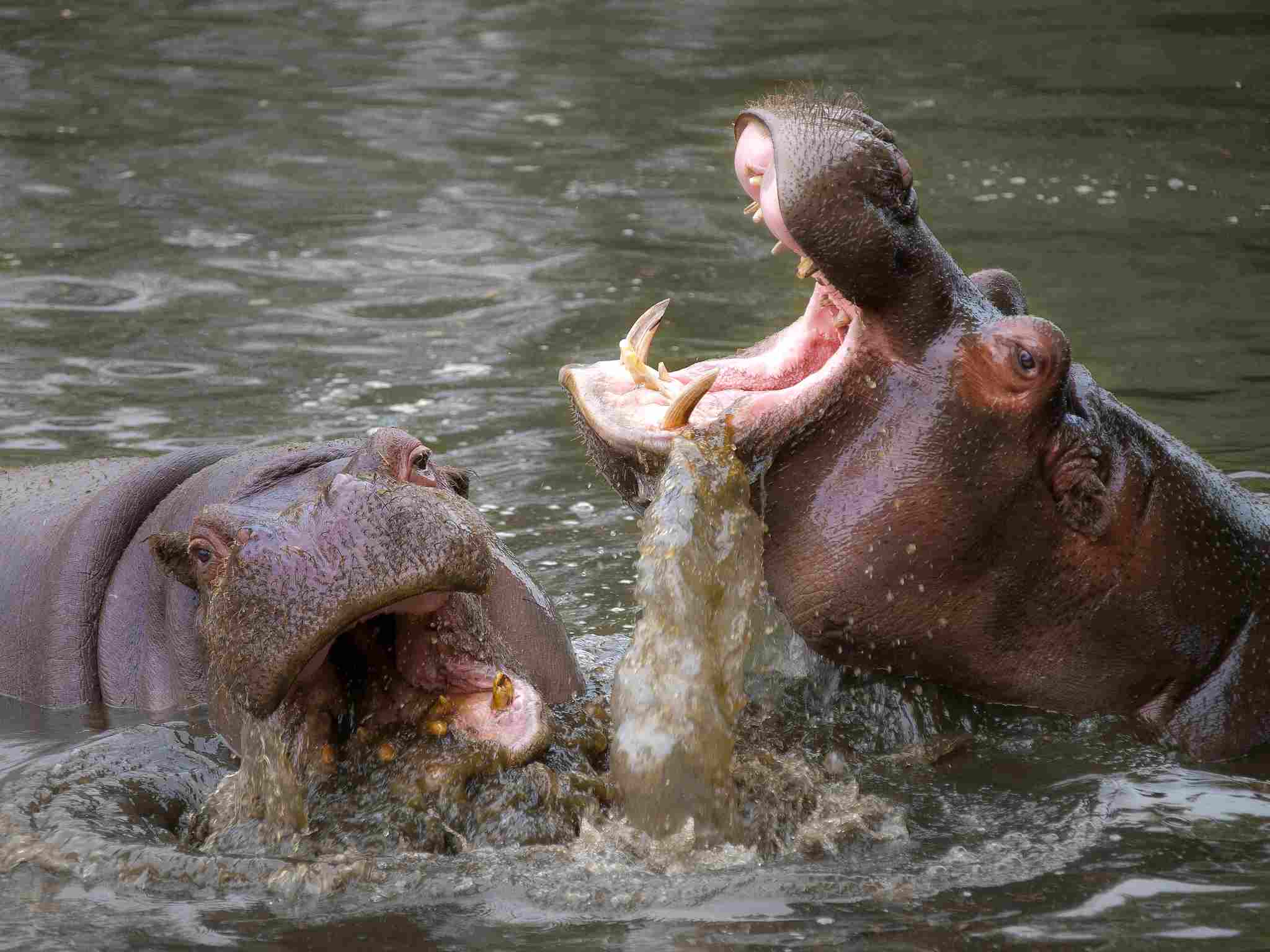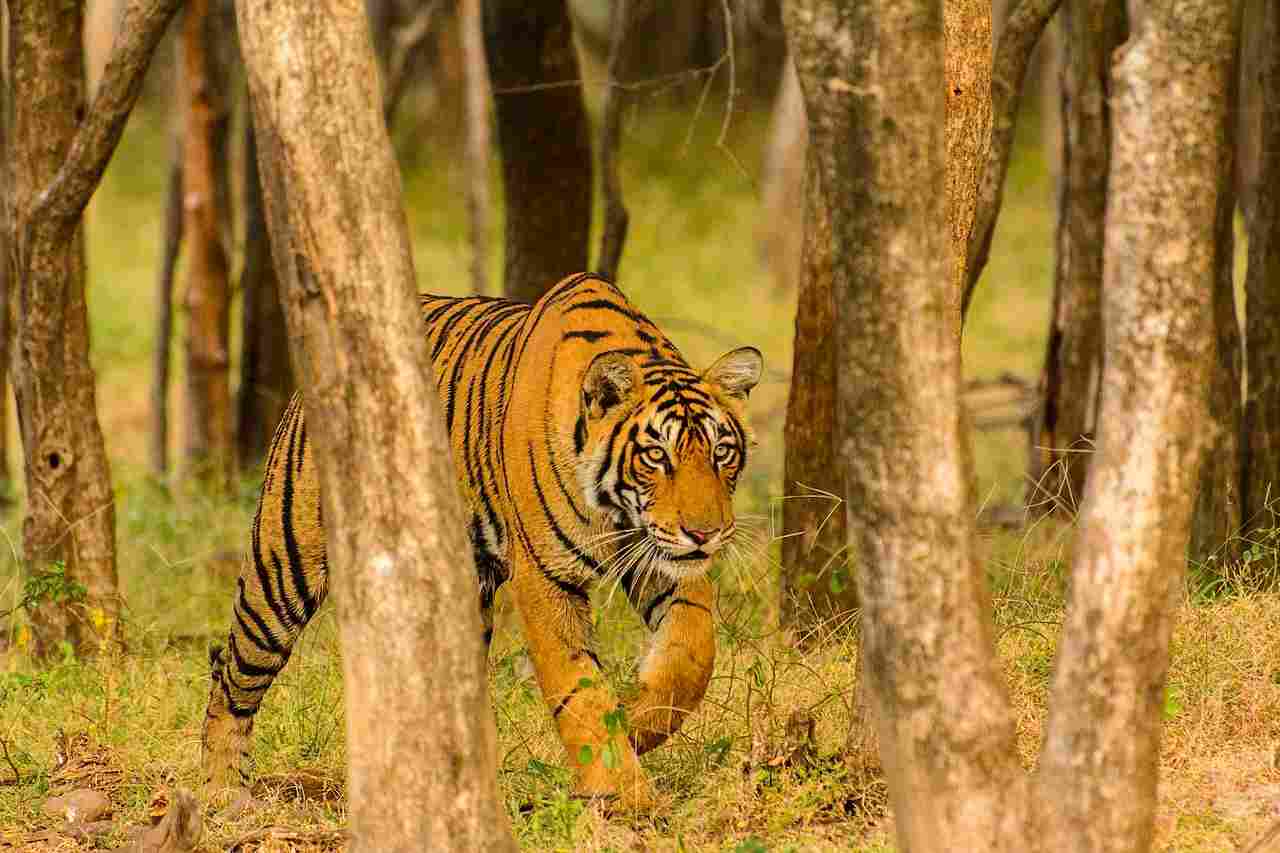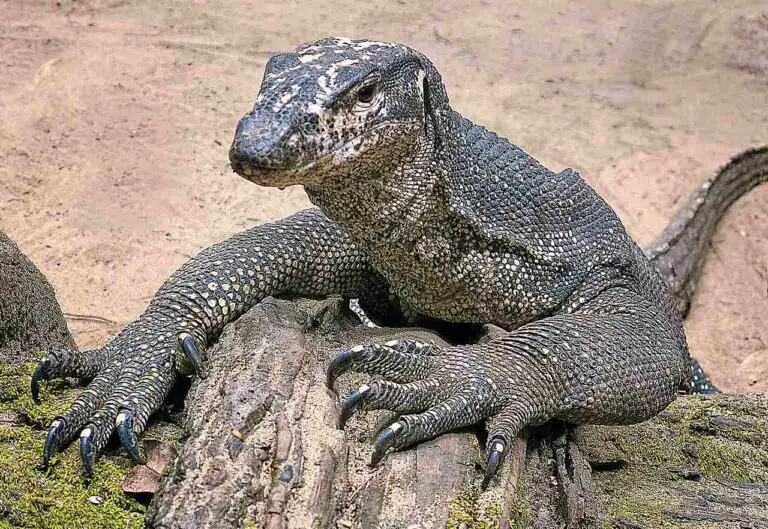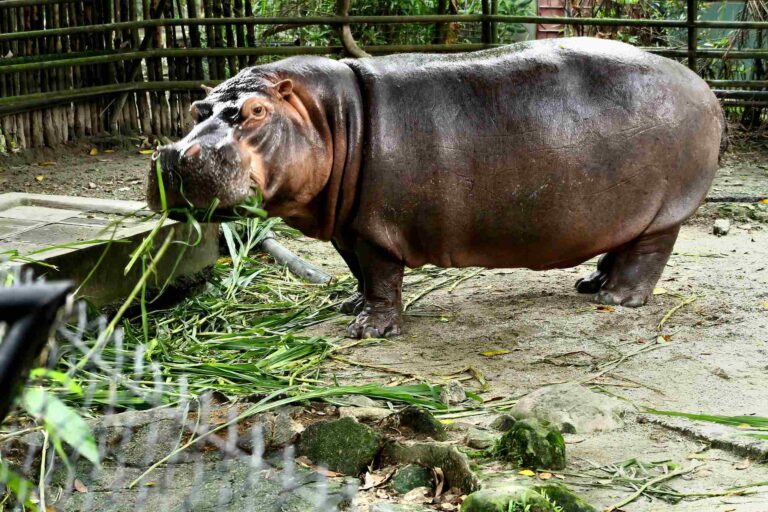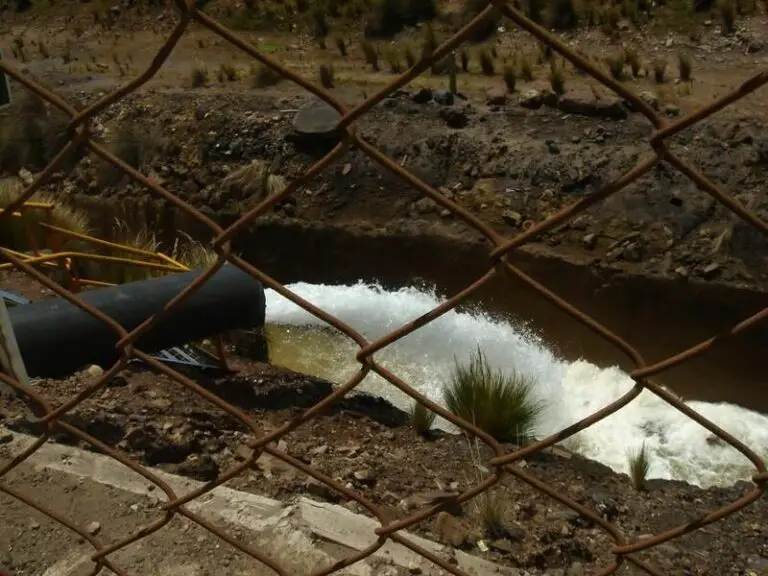Kodiak Bear Vs Polar Bear: Comparing Kodiak and Polar Bears
The Kodiak bear and the polar bear are two large mammals with similarities and differences. In a physical confrontation, a polar bear is likely to win a Kodiak bear because it is more aggressive, and tends to be larger and heavier on average (although Kodiak bears are also very large- the size/weight gap between them is slim). The Kodiak bear would win the polar bear only if they are of similar weight, the Kodiak is larger and healthier, and/or the confrontation occurs in the Kodiak’s habitat.
This article delves into the physical, behavioral, and ecological aspects of both bears to determine which one would likely come out on top.
Key Outcomes of Comparison
A) Size:
When comparing the Kodiak bear and the polar bear, size plays a significant role. The polar bear is generally larger, with adult males reaching lengths of up to 10 feet and weighing between 900 to 1,600 pounds. In contrast, Kodiak bears are slightly smaller, with adult males measuring around 9 feet in length and weighing between 900 to 1,400 pounds.
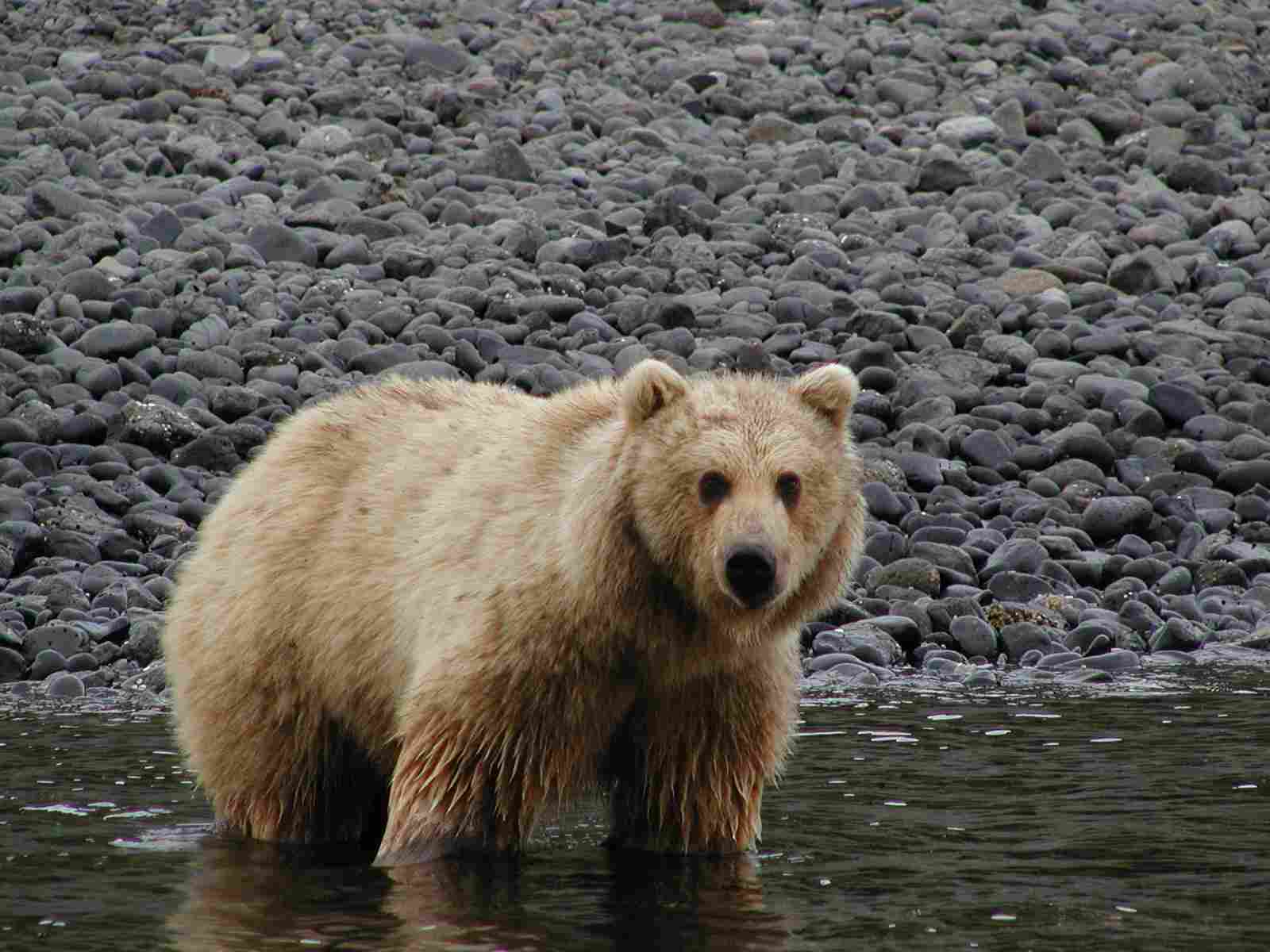
B) Weight:
In terms of weight, both bears are formidable. The polar bear, being larger, tends to have a higher average weight compared to the Kodiak bear. However, individual variations can occur within each species.
C) Taxonomic Classification:
Both the Kodiak bear and the polar bear belong to the family Ursidae and the genus Ursus. However, they are classified as separate species: Ursus arctos for the Kodiak bear and Ursus maritimus for the polar bear.
D) Hypothetical Conflict:
A polar bear is likely to defeat a Kodiak bear due to its aggressive behavior. While the polar bear is known for its aggression, the Kodiak bear is also large and powerful. Further comparison is needed to correctly determine the potential winner in such a confrontation.
*Physical Evaluation
1). Size
When comparing Kodiak bears and polar bears, one of the key factors to consider is their size. The size of these two bear species can vary significantly, with both having their own unique characteristics.
In terms of average height, Kodiak bears are known to be taller than polar bears. They can reach an average height of around 10 feet when standing on their hind legs. On the other hand, polar bears have an average height of about 8 feet when standing upright.
When it comes to total body length, Kodiak bears are generally longer than polar bears. They can measure up to 10 feet in length from nose to tail, while polar bears typically measure around 7 to 8 feet in length.
In comparing the size of these animals, it is clear that Kodiak bears are larger than polar bears in terms of both height and body length. This difference in size can be attributed to various factors, including their respective habitats and diets.
2). Weight
When comparing Kodiak bears and polar bears, their weight is another important factor to consider. Both male and female bears of each species have different average weights.
Male Kodiak bears are known to be heavier than male polar bears. On average, male Kodiak bears can weigh between 900 to 1,500 pounds. In contrast, male polar bears typically weigh between 900 to 1,600 pounds. However, there can be some overlap in weight ranges between the two species.
In terms of female bears, Kodiak bears are also generally heavier than polar bears. Female Kodiak bears can weigh between 400 to 700 pounds, while female polar bears usually weigh between 500 to 700 pounds.
When comparing the weights of these two bear species, it is clear that both male and female Kodiak bears tend to be heavier than their polar bear counterparts. However, it’s important to note that there can be variations within each species, and individual bears may fall outside the average weight ranges.
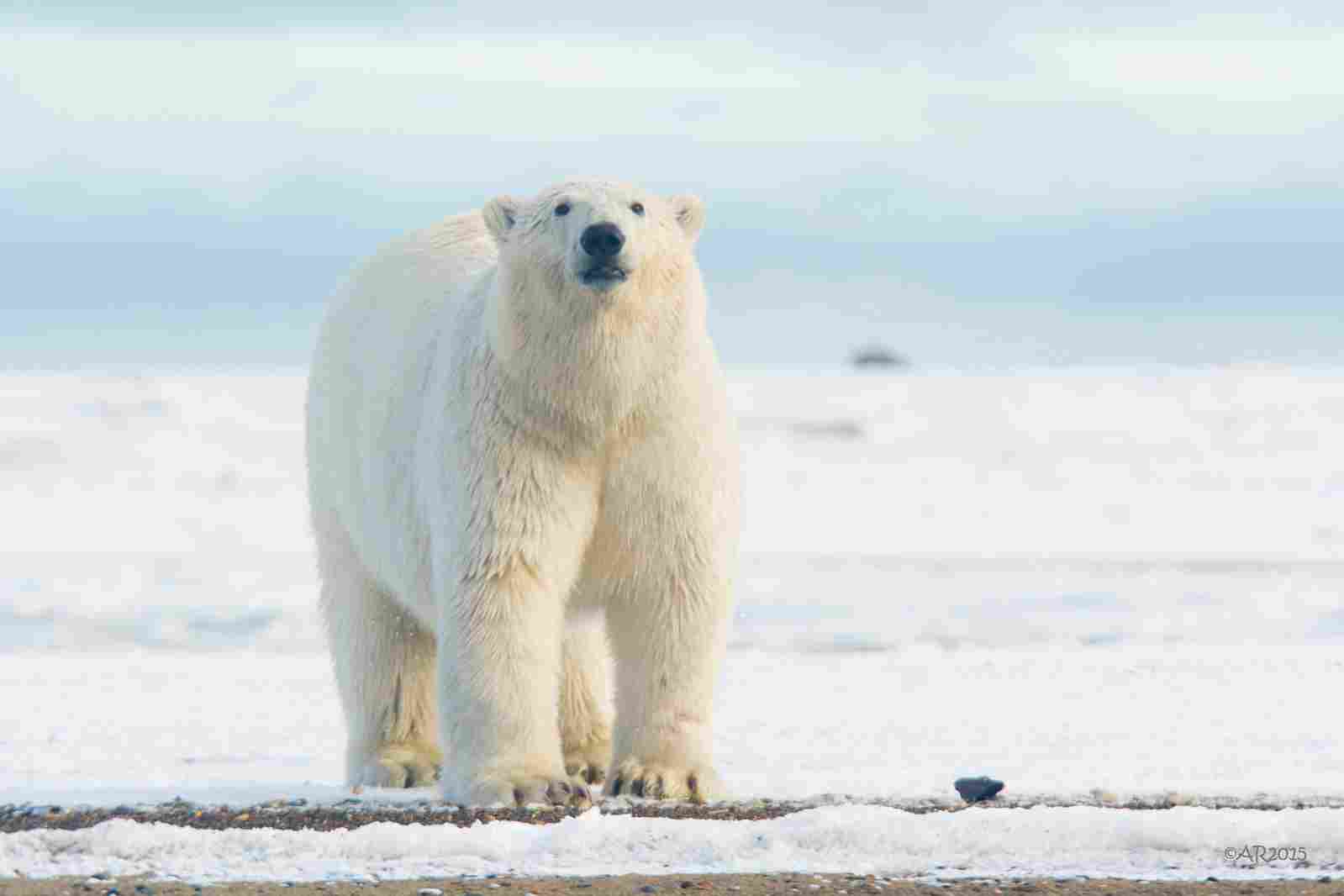
3). Skeletal Anatomy
The skeletal anatomy of Kodiak bears and polar bears reveals some interesting differences. One key difference is in their skeletal structure. Kodiak bears have a robust skeletal structure, with strong bones that are well-adapted to support their large size and powerful muscles. On the other hand, polar bears have a more streamlined skeletal structure, which allows them to be more agile in their Arctic environment.
Another difference is in bone density. Kodiak bears have denser bones compared to polar bears. This higher bone density provides them with greater strength and support, enabling them to withstand the physical demands of their habitat and lifestyle. In contrast, polar bears have slightly less dense bones, which may contribute to their agility and ability to swim long distances.
When comparing the skeletal anatomy of these two bear species, it is clear that their differences in bone structure and density are adaptations to their respective environments and lifestyles. These differences play a crucial role in their overall physical capabilities and survival strategies.
4). Mode of Locomotion
Kodiak bears and polar bears have distinct modes of locomotion that are adapted to their respective habitats and lifestyles.
When it comes to running, both bear species are capable of reaching impressive speeds. Kodiak bears can sprint at speeds of up to 30 miles per hour, while polar bears can reach speeds of around 25 miles per hour. However, it’s important to note that these speeds are short bursts and not sustained over long distances.
In terms of climbing, Kodiak bears have a greater ability to climb trees compared to polar bears. Their strong and agile bodies allow them to navigate through branches and reach food sources that may be out of reach for polar bears. On the other hand, polar bears are not natural climbers and are better adapted to their icy environment.
When it comes to swimming, polar bears are the true champions. They are excellent swimmers and can cover long distances in search of food or ice floes. Their streamlined bodies, powerful forelimbs, and partially webbed paws make them well-suited for swimming in the Arctic waters. Kodiak bears, while capable of swimming, are not as proficient as polar bears.
5). Speed
When comparing the speed of Kodiak bears and polar bears, it is important to consider their average speeds and determine which species is faster.
Both Kodiak bears and polar bears are impressive in terms of their speed, but there are slight differences between the two. On average, Kodiak bears can reach speeds of up to 30 miles per hour, while polar bears can reach speeds of around 25 miles per hour.
In terms of a direct comparison, Kodiak bears have a slight advantage in terms of speed. However, it’s important to note that these speeds are short bursts and not sustained over long distances. Both species are capable of running at impressive speeds, but they are not built for long-distance running like some other animals.
The speed of these bears is influenced by various factors, including their size, weight, and the terrain they inhabit. While Kodiak bears may have a slight edge in terms of speed, it is not a significant enough difference to determine a clear winner in this category.
6). Agility
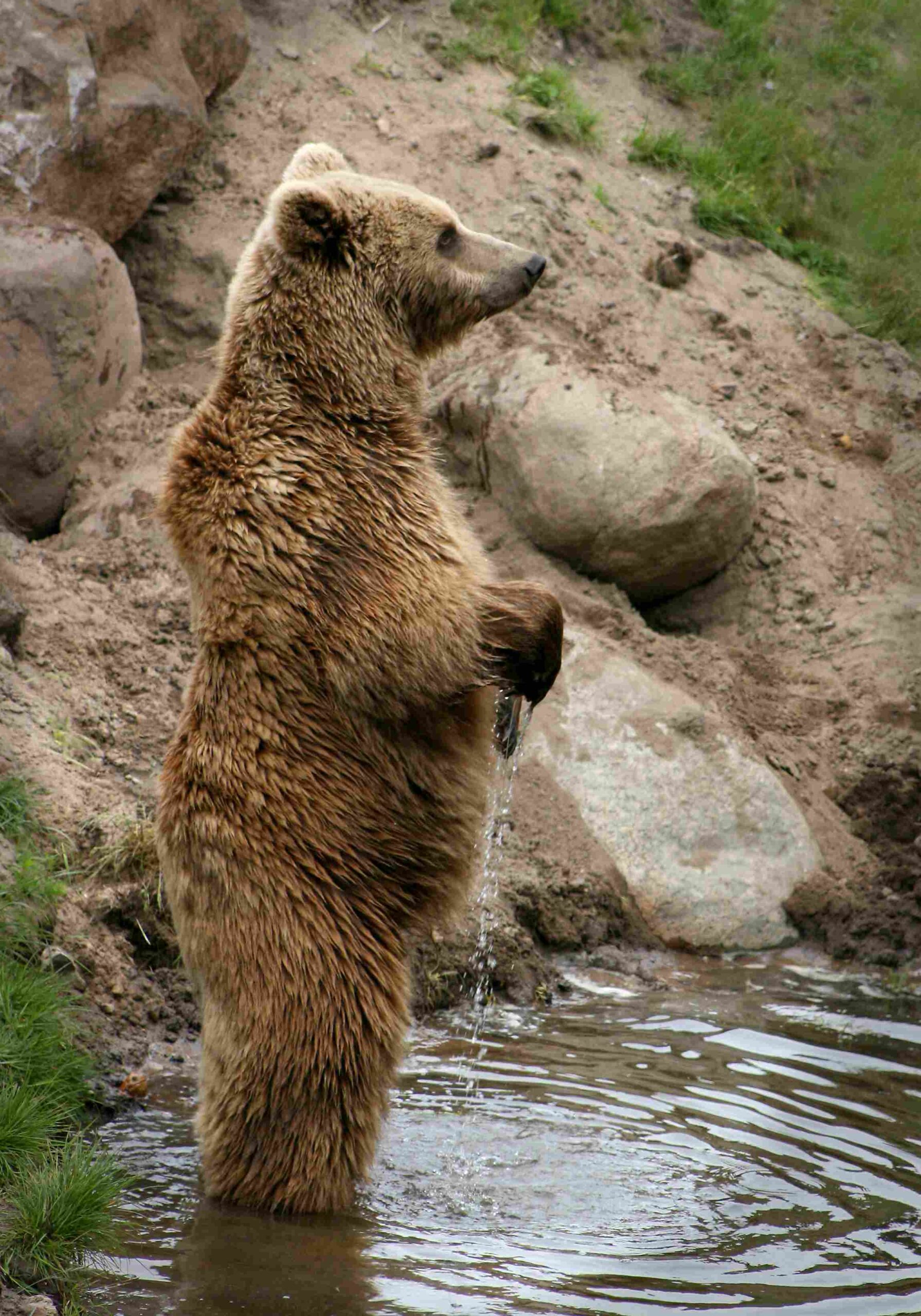
When comparing the agility of Kodiak bears and polar bears, we need to consider their speed and mode of locomotion. Agility refers to the ability to move quickly and easily, change direction, and navigate different terrains.
Both Kodiak bears and polar bears exhibit impressive agility, but there are some differences between the two. Kodiak bears, with their slightly higher speed of up to 30 miles per hour, have an advantage in terms of quick movements and maneuverability. Their ability to reach higher speeds allows them to react swiftly in various situations.
On the other hand, polar bears, with their slightly lower speed of around 25 miles per hour, compensate for this with their specialized mode of locomotion. Polar bears are excellent swimmers and can navigate through water with ease. This adaptability in aquatic environments showcases their agility in a different context.
In terms of agility on land, both species demonstrate remarkable dexterity despite their large size and weight. They can climb, jump, and traverse uneven terrain with relative ease. However, the Kodiak bear’s slightly higher speed may give it a slight advantage in terms of overall agility.
7). Relative Strength and Endurance
When comparing the relative strength and endurance of Kodiak bears and polar bears, several factors need to be considered, including muscular endurance, size, weight, and agility.
In terms of muscular endurance, both Kodiak bears and polar bears possess impressive strength. However, due to their larger size and weight, Kodiak bears generally have a slight advantage in terms of raw strength. Their robust build and powerful muscles enable them to exert more force and sustain physical exertion for longer periods.
On the other hand, polar bears, although slightly smaller in size, compensate for their size difference with their remarkable endurance. These bears are adapted to survive in harsh Arctic conditions, where they often have to travel long distances in search of food. Their endurance allows them to swim for extended periods and cover vast distances on ice, showcasing their remarkable stamina.
When comparing the two animals, it is important to note that strength and endurance are relative to their respective habitats and ecological needs. While Kodiak bears may have greater raw strength, polar bears’ endurance is better suited for their Arctic environment.
8). Bite force
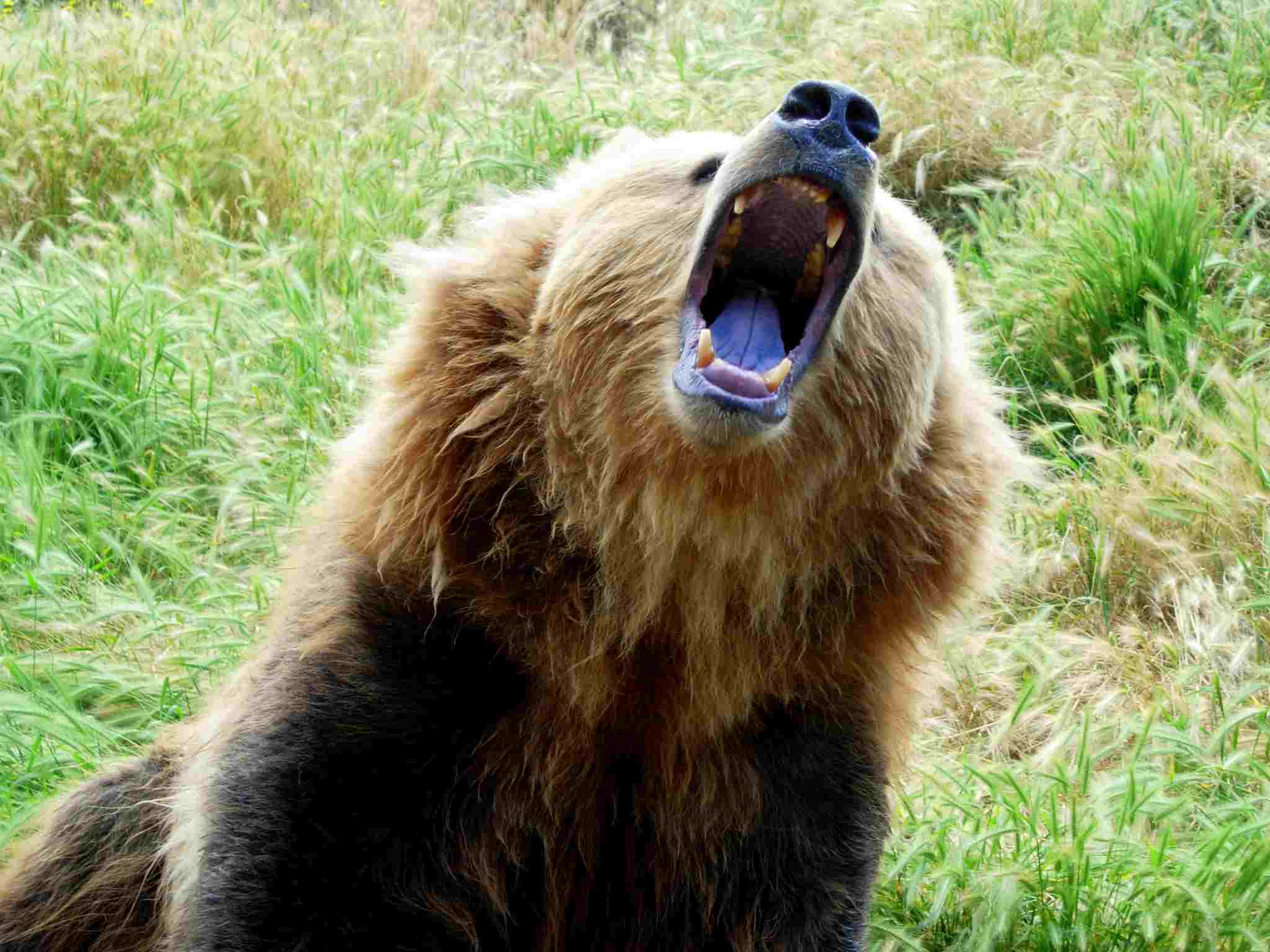
When we take a closer look at the bite force of Kodiak bears and polar bears, it’s essential to consider the average bite force measured in pounds per square inch (psi). Understanding bite force becomes pivotal in assessing how well an animal can catch and manage prey and defend itself against potential threats.
Both Kodiak bears and polar bears exhibit impressive bite forces, each with subtle differences. The estimated average bite force of a Kodiak bear is approximately 1,200 psi, just a bit higher than the average bite force of a polar bear, which sits around 1,100 psi.
This variance in bite force stems from the size and structure of their skulls and jaws. Kodiak bears, being larger and heavier, possess sturdier skulls and more robust jaw muscles, enabling them to exert a slightly higher bite force. On the flip side, polar bears, though a bit smaller, still wield a formidable bite force that aids them in efficiently capturing and consuming prey.
9). Attack and Defense Method(s)
When it comes to attack and defense methods, both Kodiak bears and polar bears have developed unique strategies to ensure their survival in their respective habitats.
Kodiak bears primarily rely on their sheer size and strength as their main defense mechanism. With their robust build and powerful muscles, they are capable of delivering devastating blows to potential threats. Their sharp claws, which can reach up to 4 inches in length, are also formidable weapons that can cause significant damage. In terms of attack, Kodiak bears use their strong jaws and sharp teeth to capture and subdue prey.
On the other hand, polar bears have adapted to their Arctic environment and have developed different attack and defense methods. Due to their habitat’s icy terrain, polar bears have evolved to become excellent swimmers. They use their strong forelimbs to paddle through the water, allowing them to hunt seals and other marine mammals. In terms of defense, polar bears rely on their thick layer of blubber, which provides insulation and protection against the cold. Additionally, their sharp claws and powerful jaws are effective tools for both hunting and self-defense.
|
Physical Characteristic
|
Kodiak Bear | Polar Bear | Conclusion |
| 1. Size | Taller (average height: 10 ft) | Shorter (average height: 8 ft) |
Kodiak bears are larger in both height and body length.
|
| 2. Weight | Heavier (male: 900-1,500 lbs, female: 400-700 lbs) | Lighter (male: 900-1,600 lbs, female: 500-700 lbs) |
Kodiak bears tend to be heavier in both male and female categories.
|
| 3. Skeletal Anatomy | Robust skeletal structure, denser bones | Streamlined skeletal structure, less dense bones |
Adaptations to respective environments and lifestyles.
|
| 4. Mode of Locomotion | Capable climbers, good runners (30 mph) | Not natural climbers, good runners (25 mph), exceptional swimmers |
Different adaptations for terrestrial and aquatic environments.
|
| 5. Speed | Faster (30 mph on average) | Slightly slower (25 mph on average) |
Kodiak bears have a slight advantage in terms of speed.
|
| 6. Agility | Higher speed, impressive maneuverability | Lower speed compensated by aquatic agility |
Both exhibit remarkable agility, with Kodiak bears having a slight edge.
|
| 7. Relative Strength & Endurance | Raw strength advantage, robust build | Better endurance, adapted for Arctic conditions |
Strength and endurance cater to their respective environments.
|
| 8. Bite Force | Higher (average bite force: 1,200 psi) | Slightly lower (average bite force: 1,100 psi) |
Kodiak bears exert a slightly higher bite force.
|
| 9. Attack & Defense Methods | Relies on size, strength, and sharp claws | Adapted for swimming, uses claws and powerful jaws |
Different strategies for attack and defense based on habitats.
|
*Hypothetical Conflict
When considering a hypothetical conflict between Kodiak bears and polar bears, it is important to analyze their physical attributes and behaviors to determine which bear would likely come out on top.
In terms of physical evaluation, both bears possess unique characteristics that could influence the outcome of a fight. The Kodiak bear, known for its immense size and strength, has a significant advantage in terms of sheer power. On the other hand, the polar bear, adapted to its Arctic environment, possesses exceptional swimming abilities and is well-equipped to navigate icy terrains.
In a direct confrontation, the Kodiak bear’s size and strength could potentially overpower the polar bear. However, the polar bear’s agility and swimming skills could provide it with an advantage in terms of maneuverability and evading attacks.
*Behavioral Evaluation
10). Feeding/Predation Habits
Feeding habits play a crucial role in understanding the ecological niche of animals. Both the Kodiak bear and the polar bear have distinct feeding habits that contribute to their survival in their respective habitats.
The Kodiak bear is an omnivore, meaning it consumes both plant and animal matter. Its diet primarily consists of berries, grasses, roots, and fish. As a skilled predator, it also hunts small mammals like squirrels and voles. In contrast, the polar bear is a carnivore, relying heavily on a diet of seals. It uses its powerful swimming abilities to hunt seals in the water, waiting patiently near breathing holes or ambushing them on the ice.
The mode of predation differs between the two bears. The Kodiak bear primarily uses its strength and agility to catch prey, employing techniques such as chasing, pouncing, and swiping. It also uses its strong jaws and sharp claws to subdue and kill its prey. On the other hand, the polar bear relies on stealth and patience to capture seals. It uses its powerful forelimbs to strike and immobilize the prey, delivering a swift and lethal blow.
In terms of feeding, both bears have adaptations that aid in their consumption of food. The Kodiak bear has strong teeth and jaws that allow it to crush and chew plant matter, as well as tear through the flesh of its prey. The polar bear, with its sharp teeth and powerful bite, can easily tear through the blubber and skin of seals to access the nutrient-rich meat.
11). Social Behavior
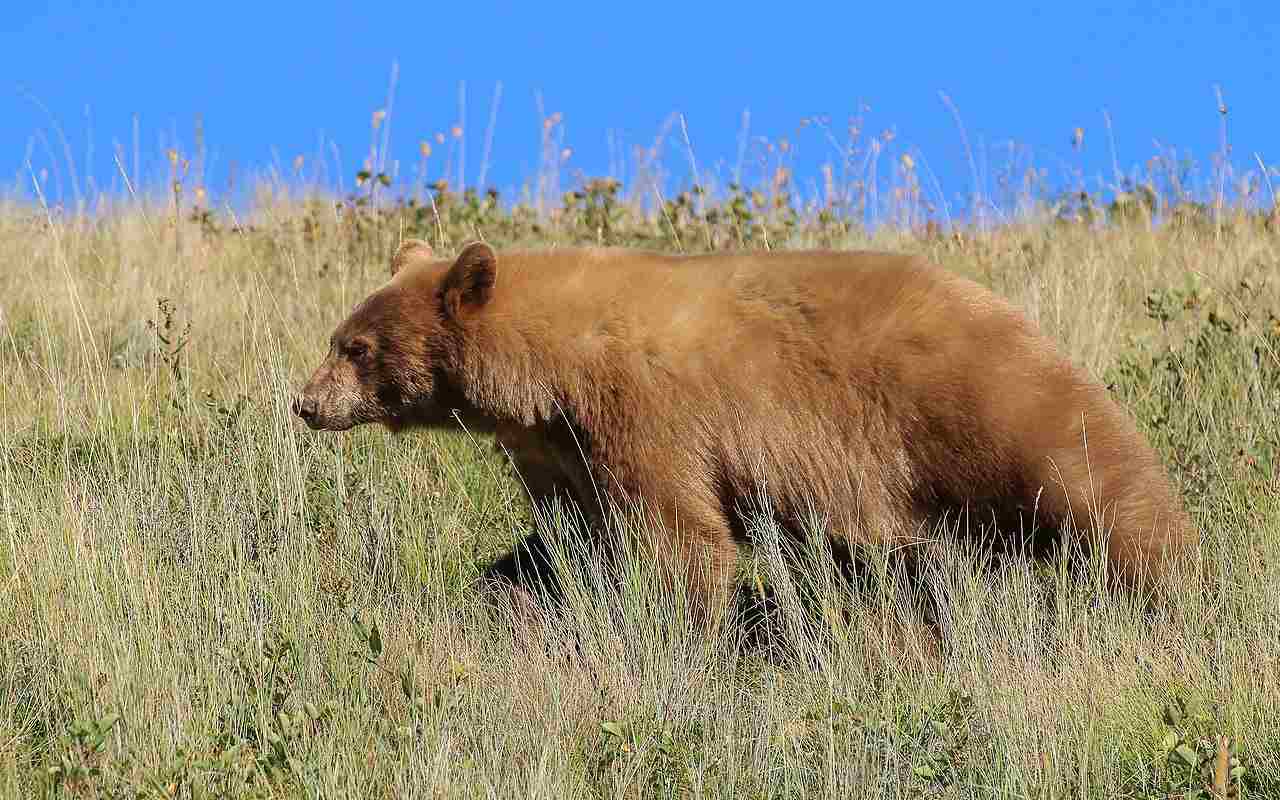
The social behavior of animals provides insights into their interactions and relationships within their species. Both the Kodiak bear and the polar bear exhibit distinct social behaviors that contribute to their survival and reproductive success.
The Kodiak bear is primarily a solitary animal, with individuals typically occupying their own territories. However, during the salmon spawning season, they may congregate in large numbers near rivers and streams to take advantage of the abundant food source. Despite this temporary gathering, they generally avoid direct social interactions and prefer to maintain their personal space.
In contrast, the polar bear is also known for its solitary nature, but it exhibits some social behavior during specific periods. Female polar bears, for example, may form temporary associations with other females during the mating season. This behavior allows them to increase their chances of successful reproduction by attracting males and sharing information about suitable mating opportunities.
When it comes to parental relations, both bears display different approaches. Female Kodiak bears are protective of their cubs and provide care and guidance until the young are independent. In contrast, female polar bears are solely responsible for raising their cubs, providing them with essential survival skills until they are ready to venture out on their own.
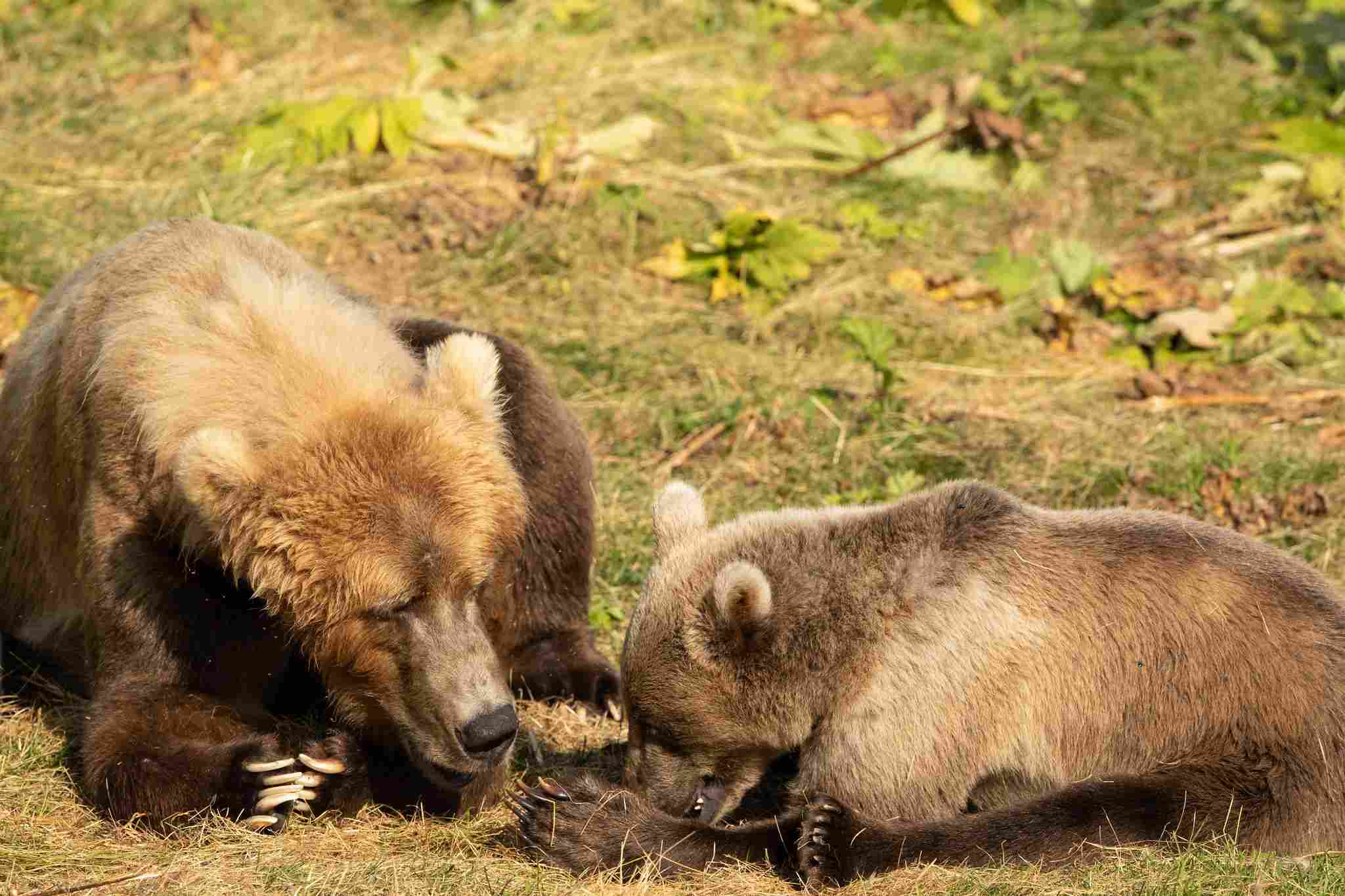
12). Aggressive Tendency
The aggressive tendencies of animals can vary depending on various factors, including their natural instincts, territoriality, and the presence of perceived threats. Both the Kodiak bear and the polar bear possess certain aggressive tendencies, although they may differ in intensity and frequency.
Kodiak bears are known for their potential aggression, especially when they feel threatened or their personal space is invaded. They are highly territorial animals and will defend their territory vigorously, displaying aggressive behaviors such as growling, roaring, and charging. Additionally, during the mating season, male Kodiak bears may engage in aggressive encounters with other males to establish dominance and secure mating opportunities.
Similarly, polar bears can exhibit aggressive behavior, particularly in situations where they perceive a threat to their survival or the protection of their cubs. When faced with a potential threat, polar bears may display warning signs such as swaying their heads, huffing, or even bluff charging. However, it is important to note that polar bears generally avoid confrontations and prefer to retreat rather than engage in aggressive encounters.
The aggressive tendencies of both bears can be influenced by various factors, including their environment, availability of food, and interactions with humans. Understanding these factors is crucial for ensuring human safety and implementing appropriate precautionary measures when encountering these magnificent creatures in the wild.
13). Danger to Humans (and Pets)
When comparing the danger posed by Kodiak bears and polar bears to humans and pets, it is important to consider their natural behavior and interactions with humans. Both species have the potential to harm, and in rare cases, kill humans or pets, but the likelihood of such incidents occurring differs.
Kodiak bears, due to their territorial nature and potential aggression, can pose a danger to humans and pets if they feel threatened or their personal space is invaded. Encounters with humans in close proximity to Kodiak bear habitats should be approached with caution, and it is advisable to keep pets on a leash to avoid potential conflicts.
Similarly, polar bears, although generally avoiding confrontations, can become aggressive if they perceive a threat to their survival or the protection of their cubs. In areas where polar bears and humans may come into contact, such as Arctic communities, precautions are taken to minimize the risk of encounters. This includes the use of deterrents and guidelines for safely coexisting with polar bears.
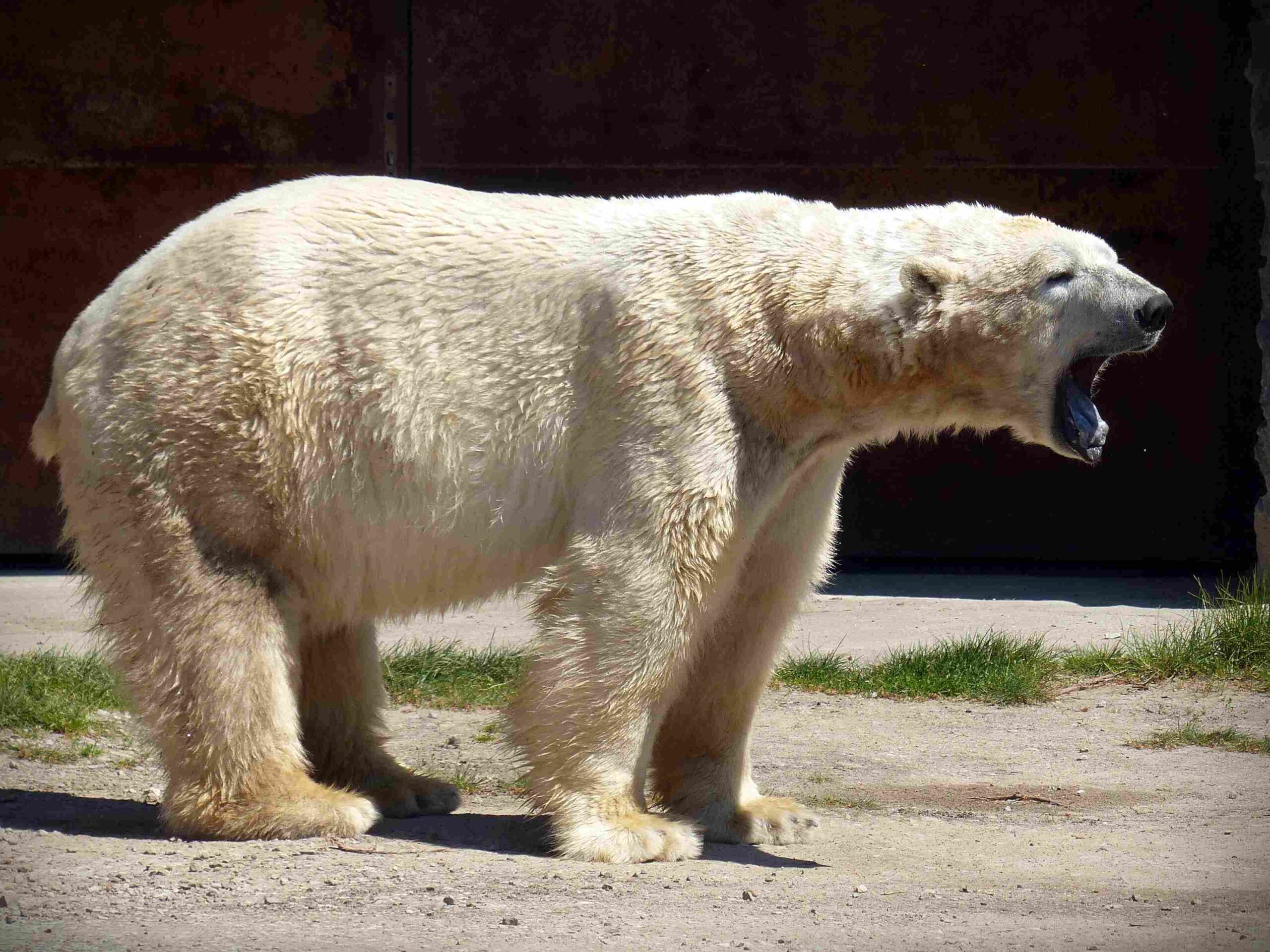
13a). Likelihood of Interaction (With Humans)
When considering the likelihood of interaction between Kodiak bears and polar bears with humans, it is important to examine their behavior and habitat.
Kodiak bears are primarily found in the Kodiak Archipelago in Alaska, which includes both remote wilderness areas and human settlements. While they are known to occasionally wander into human-populated areas in search of food, the likelihood of direct interaction with humans is relatively low. However, it is important for residents and visitors in Kodiak bear habitats to be aware of their presence and take necessary precautions to avoid potential encounters.
On the other hand, polar bears inhabit the Arctic regions, including areas where human settlements exist. Due to the melting sea ice and changing climate, polar bears are increasingly coming into contact with humans in search of food and suitable habitat. This has led to a higher likelihood of interaction between polar bears and humans, particularly in Arctic communities. As a result, measures are taken to minimize these interactions and ensure the safety of both humans and polar bears.
13b). Precautionary Measure(s)
When it comes to encountering Kodiak bears or polar bears, it is crucial to take precautionary measures to ensure the safety of both humans and the bears themselves.
If you encounter a Kodiak bear, it is important to remain calm and avoid direct eye contact. Slowly back away from the bear while speaking in a calm, assertive voice. Do not run or turn your back on the bear, as this may trigger a chase response. Carry bear spray as a deterrent and be aware of your surroundings at all times.
In the case of a polar bear encounter, it is recommended to stay inside a secure building or vehicle if possible. If you are outside, try to create distance between yourself and the bear by moving slowly and calmly. Use noise-making devices or bear flares to deter the bear. It is important to report any polar bear sightings to local authorities to ensure proper management and safety protocols are followed.
|
Behavioral Characteristic
|
Kodiak Bear | Polar Bear | Conclusion |
| 10. Feeding/Predation Habits | Omnivore (berries, grasses, roots, fish, small mammals) | Carnivore (mainly seals) |
Adaptations for diverse diets and predation techniques.
|
| 11. Social Behavior | Mostly solitary, temporary gatherings during salmon season | Mostly solitary, temporary associations during mating |
Both exhibit primarily solitary behavior with occasional interactions.
|
|
season; females may form associations.
|
|||
| 12. Aggressive Tendency | Territorial, can display aggression when threatened | Displays aggression when threatened, but generally avoids |
Aggression is situational, influenced by factors like territory and threats.
|
|
confrontations and prefers to retreat.
|
|||
| 13. Danger to Humans (and Pets) | Potential danger if threatened or personal space invaded | Potential danger if perceived threat to survival or cubs |
Both can pose a risk, with precautions necessary for coexistence.
|
| 13a. Likelihood of Interaction | Low likelihood of direct interaction in Kodiak habitats | Increasing likelihood due to climate change, particularly |
Human interaction is influenced by habitat and environmental changes.
|
|
in Arctic communities.
|
|||
| 13b. Precautionary Measures | Remain calm, back away, use bear spray, report sightings | Stay inside if possible, create distance, use noise-making |
Vital precautions to ensure safety for both humans and bears.
|
|
devices, report sightings to authorities.
|
*Ecological Evaluation
14). Taxonomic Classification
The taxonomic classification of Kodiak bears and polar bears reveals their relationship and evolutionary history. Both species belong to the same genus, Ursus, but they are classified as different species. The Kodiak bear is scientifically known as Ursus arctos middendorffi, while the polar bear is classified as Ursus maritimus.
Despite their shared genus, the taxonomic classification implies that Kodiak bears and polar bears are distinct species with unique characteristics. This distinction is evident in their physical attributes, behavior, and ecological adaptations. While they may share some similarities due to their common ancestry, their taxonomic classification highlights the differences that have evolved over time.
Understanding the taxonomic classification of these bears allows for a comprehensive comparison of the animals. By examining their shared genus and distinct species, we can gain insights into their evolutionary paths and the factors that have shaped their physical and behavioral traits. This taxonomic perspective provides a foundation for further exploration of the differences and similarities between Kodiak bears and polar bears.
15). Skin/Coat Texture, Camouflage
The skin and coat texture of Kodiak bears and polar bears play a crucial role in their survival and adaptation to their respective environments. Both species have unique characteristics that enable them to thrive in their habitats.
Kodiak bears have a dense and shaggy coat that consists of two layers. The outer layer is made up of long guard hairs that provide protection against the elements, while the inner layer is composed of dense, insulating fur that keeps them warm in cold temperatures. The texture of their coat is coarse and wiry, providing them with excellent insulation and protection against the harsh conditions of the Kodiak Archipelago.
On the other hand, polar bears have a thick and dense coat that is specifically adapted for their Arctic habitat. Their fur is made up of hollow, translucent guard hairs that trap air and provide buoyancy when swimming. This unique adaptation allows them to stay afloat in the icy waters. The texture of their coat is soft and oily, which helps repel water and keeps them dry.
In terms of color and camouflage, Kodiak bears have a range of coat colors, including brown, blonde, and reddish-brown. This variation in coloration helps them blend in with their surroundings, such as the dense forests and grassy meadows of the Kodiak Archipelago. In contrast, polar bears have a white coat that provides excellent camouflage in the snowy Arctic environment, allowing them to stalk their prey unnoticed.
16). Reproduction
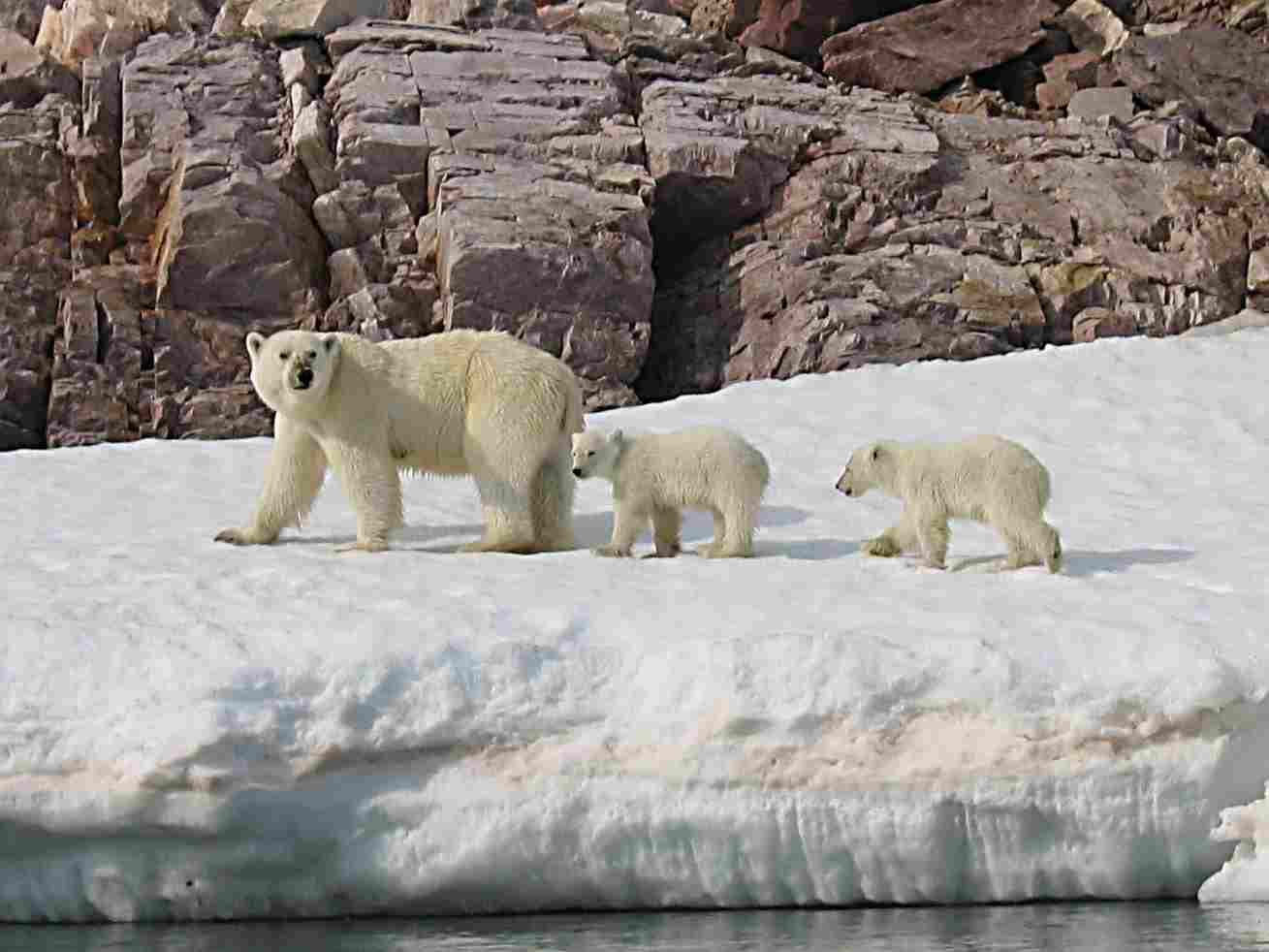
When it comes to reproduction, Kodiak bears and polar bears have distinct differences. Kodiak bears are viviparous, meaning they give birth to live cubs. The female Kodiak bear goes through a gestation period of approximately 220 days before giving birth to one to four cubs, usually in a den during the winter months. The cubs are born blind and helpless, relying on their mother for nourishment and protection. The reproductive cycle of Kodiak bears is closely tied to the availability of food, with females typically only reproducing when there is an abundance of resources.
On the other hand, polar bears are also viviparous but have a unique adaptation known as delayed implantation. After mating, the fertilized egg does not immediately implant in the female’s uterus. Instead, it remains in a state of suspended development until conditions are favorable for pregnancy. This adaptation allows polar bears to time the birth of their cubs with the availability of food, typically during the winter months. The female polar bear gives birth to one to three cubs in a snow den, where they stay until they are strong enough to venture outside.
17). Lifespan
The lifespan of Kodiak bears and polar bears varies depending on their environment and captivity. In the wild, Kodiak bears have an average lifespan of around 20 to 25 years. However, some individuals have been known to live up to 34 years. On the other hand, polar bears have a slightly shorter lifespan in the wild, with an average of 15 to 18 years. However, there have been reports of polar bears living up to 30 years in the wild.
In captivity, both Kodiak bears and polar bears have the potential to live longer than their wild counterparts. Kodiak bears have been known to live up to 40 years in captivity, while polar bears have been recorded to live up to 35 years. The controlled environment and access to proper nutrition and medical care contribute to their extended lifespan.
18). Habitat

The habitat of Kodiak bears and polar bears differs significantly due to their distinct geographic ranges. Kodiak bears are primarily found on Kodiak Island in southwestern Alaska, where they inhabit a diverse range of ecosystems, including coastal areas, forests, and alpine meadows. They are well-adapted to the temperate rainforest environment and rely on the rich resources provided by the island’s abundant salmon runs and vegetation.
On the other hand, polar bears are uniquely adapted to the Arctic region and are found in the northernmost parts of the world, including Alaska, Canada, Greenland, Norway, and Russia. They inhabit the sea ice and rely on it for hunting seals, their primary food source. Polar bears are highly specialized for life in the Arctic, with their thick layer of blubber, insulating fur, and large paws for swimming and walking on ice.
While both bears are adapted to their respective habitats, the differences in their environments shape their behaviors and survival strategies. Kodiak bears have access to a wider variety of food sources and can adapt to different ecosystems within their range. In contrast, polar bears are highly dependent on the sea ice for hunting and are vulnerable to the effects of climate change, which is causing the loss of their critical habitat.
19). Geographic Range
The geographic range of Kodiak bears and polar bears is quite distinct, as they inhabit different regions of the world. Kodiak bears are found exclusively on Kodiak Island in southwestern Alaska. This island provides a unique and diverse habitat for these bears, with coastal areas, forests, and alpine meadows. On the other hand, polar bears are found in the Arctic region, spanning across Alaska, Canada, Greenland, Norway, and Russia.
While both bears inhabit northern parts of the world, the chances of them crossing paths in nature are extremely low. The geographic ranges of Kodiak bears and polar bears do not overlap, as they are adapted to different environments. Kodiak bears are limited to the specific region of Kodiak Island, while polar bears are specialized for life in the Arctic.
20). Ecologic Importance
The ecologic importance of Kodiak bears and polar bears cannot be overstated. These majestic creatures play vital roles in their respective ecosystems, contributing to the balance and health of their habitats.
Kodiak bears, as apex predators, have a significant impact on the ecosystem of Kodiak Island. They regulate the population of prey species, such as salmon and deer, through predation. By controlling the numbers of these species, Kodiak bears help maintain the overall health and diversity of the island’s ecosystem. Additionally, their feeding habits and scavenging behavior contribute to nutrient cycling, as they distribute organic matter throughout the environment.
Similarly, polar bears are crucial to the Arctic ecosystem. As top predators, they help regulate the population of seals, their primary prey. This balance is essential for the overall health of the Arctic marine ecosystem. Moreover, polar bears’ hunting and scavenging activities contribute to nutrient cycling, ensuring the availability of resources for other organisms in the region.
Both Kodiak bears and polar bears also serve as indicators of ecosystem health. Changes in their populations or behaviors can provide valuable insights into the impacts of climate change and other environmental factors on their respective habitats.
21). Conservation Status
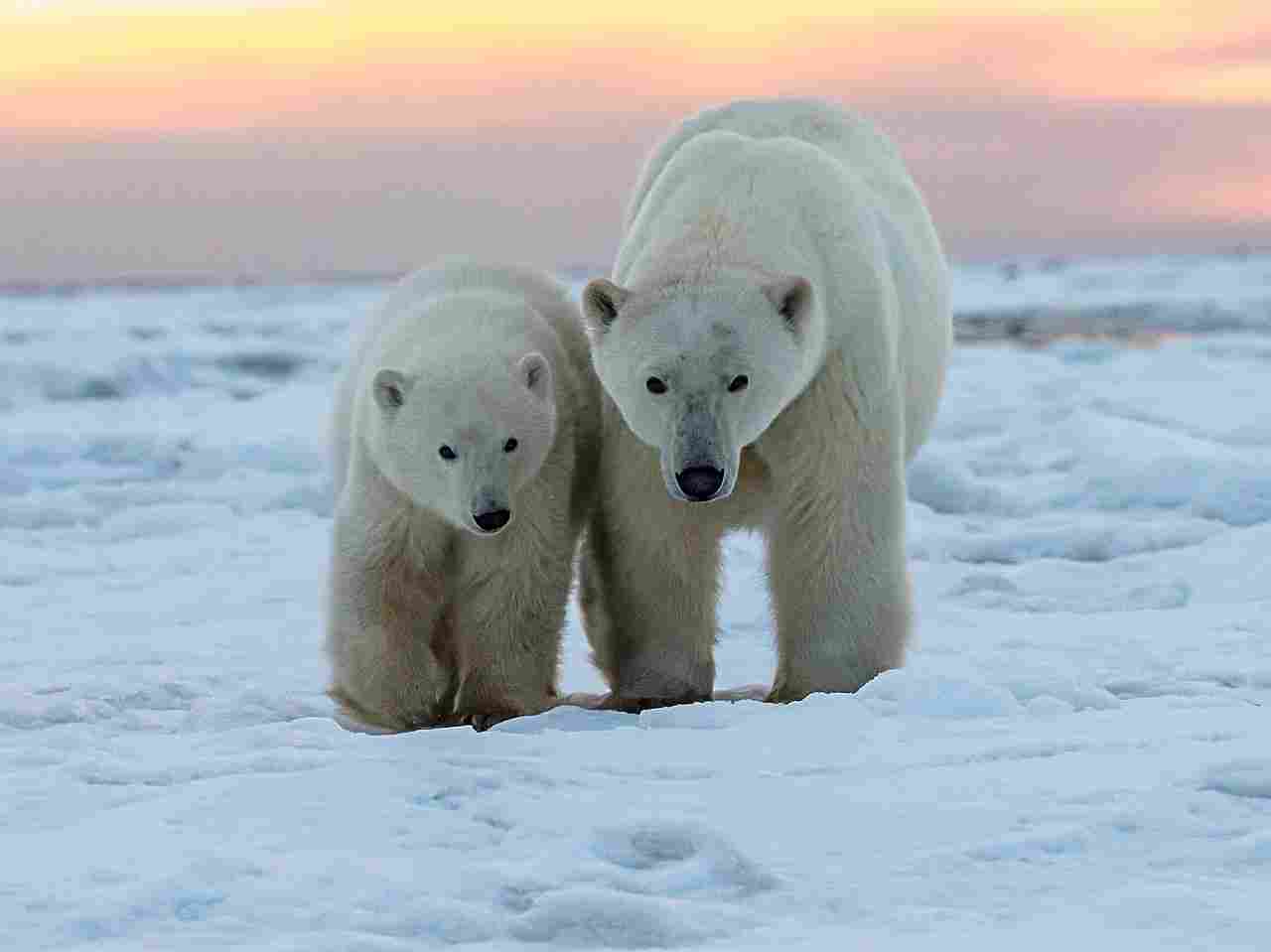
The conservation status of Kodiak bears and polar bears is a matter of great concern. Both species face significant threats to their survival and are classified as “threatened” or “endangered” in certain regions.
Kodiak bears, found exclusively on Kodiak Island in Alaska, are considered a “species of concern” by the U.S. Fish and Wildlife Service. While their population is relatively stable, they are vulnerable to habitat loss and fragmentation due to human activities such as logging and development. Climate change also poses a threat, as rising temperatures can impact their food sources, such as salmon.
Polar bears, on the other hand, are listed as “vulnerable” by the International Union for Conservation of Nature (IUCN). The primary threat to their survival is the loss of sea ice habitat, which they rely on for hunting seals. As the Arctic ice melts due to climate change, polar bears are forced to travel longer distances to find food, leading to increased energy expenditure and reduced reproductive success.
Efforts are being made to conserve both species. Conservation organizations and governments are implementing measures to protect their habitats, regulate hunting, and raise awareness about the importance of these iconic animals. International agreements, such as the Polar Bear Agreement and the Kodiak National Wildlife Refuge, aim to safeguard their populations and ensure their long-term survival.
22). Main Threats to Survival
The main threats to the survival of Kodiak bears and polar bears differ due to their distinct habitats and ecological requirements. For Kodiak bears, habitat loss and fragmentation pose significant risks. Human activities such as logging and development encroach upon their territories on Kodiak Island in Alaska. These activities disrupt their natural habitat and limit their access to essential resources. Additionally, climate change is a growing concern as rising temperatures impact their primary food source, salmon. Changes in salmon populations can have detrimental effects on the Kodiak bear’s ability to find sufficient food for survival.
On the other hand, polar bears face a different set of threats primarily related to the loss of sea ice habitat. As the Arctic ice melts due to climate change, polar bears are losing their hunting grounds and access to their main prey, seals. The reduction in sea ice forces polar bears to travel longer distances in search of food, leading to increased energy expenditure and reduced reproductive success. Additionally, the melting ice also affects their ability to find suitable denning sites for breeding and raising their young.
Efforts to mitigate these threats are crucial for the long-term survival of both species. Conservation organizations and governments are working towards protecting the habitats of Kodiak bears and polar bears, regulating hunting practices, and raising awareness about the importance of these iconic animals. International agreements and initiatives are also in place to ensure the preservation of their populations and address the underlying causes of their endangerment.
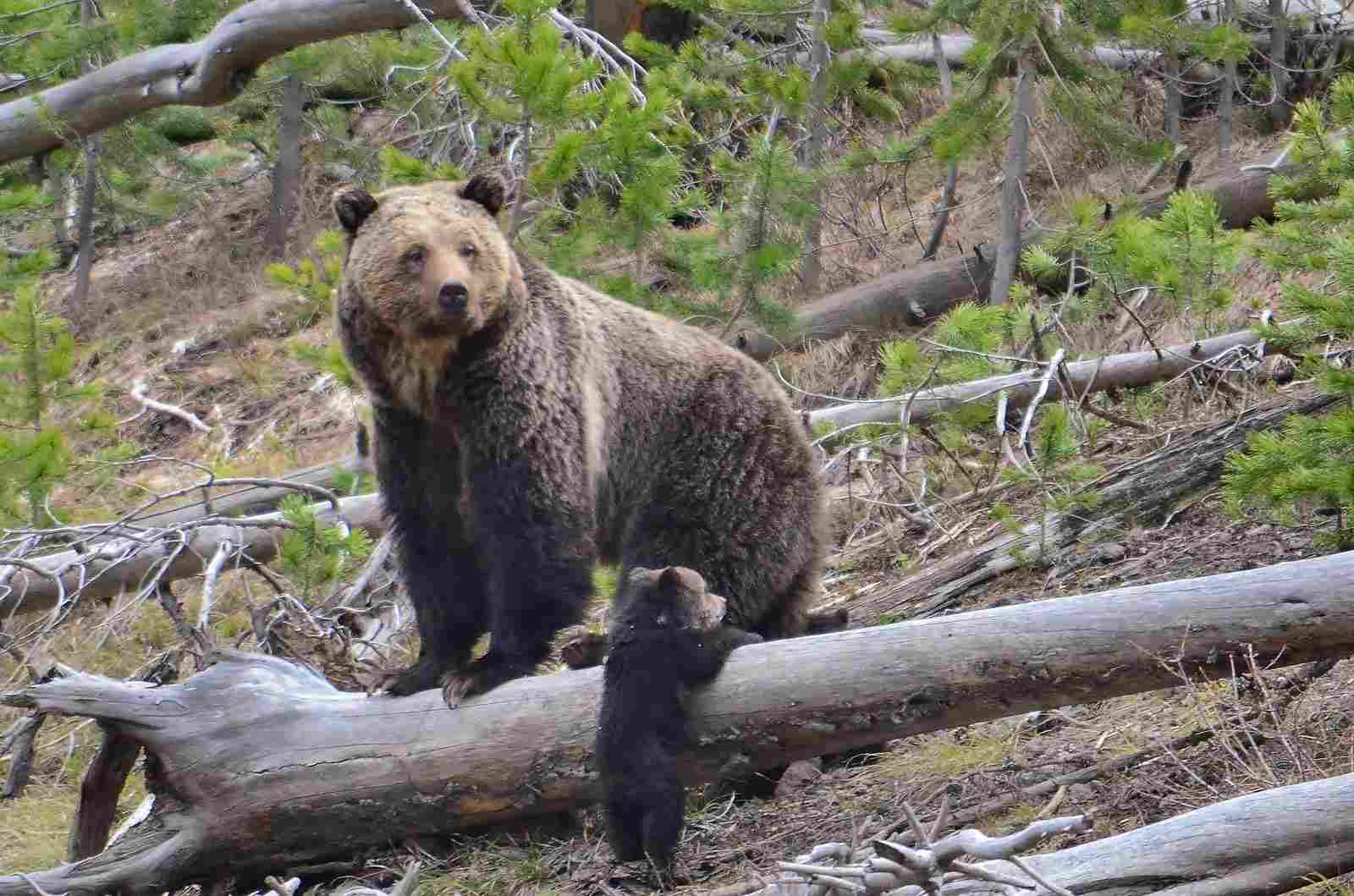
|
Ecological Characteristic
|
Kodiak Bear | Polar Bear | Conclusion |
| 14. Taxonomic Classification | Ursus arctos middendorffi | Ursus maritimus |
Same genus (Ursus) but distinct species with unique traits.
|
| 15. Skin/Coat Texture | Coarse and wiry, two-layered coat | Soft and oily, hollow guard hairs for buoyancy |
Adaptations for insulation, buoyancy, and camouflage.
|
| 16. Reproduction | Viviparous, 220-day gestation, 1-4 cubs | Viviparous, delayed implantation, 1-3 cubs |
Different reproductive strategies adapted to their habitats.
|
| 17. Lifespan | Wild: 20-25 years; Captivity: Up to 40 years | Wild: 15-18 years; Captivity: Up to 35 years |
Lifespan influenced by environment, nutrition, and care.
|
| 18. Habitat | Kodiak Island, Alaska; Coastal, forest, meadows | Arctic region; Sea ice-dependent for hunting |
Distinct habitats shape their behaviors and survival tactics.
|
| 19. Geographic Range | Kodiak Island, Alaska | Arctic region; Alaska, Canada, Greenland, etc. |
Non-overlapping ranges due to adaptation to different environments.
|
| 20. Ecologic Importance | Apex predator, regulates prey, nutrient cycling | Apex predator, regulates seal population |
Vital roles in maintaining ecosystem balance and health.
|
| 21. Conservation Status | “Species of concern”; Faces habitat loss | “Vulnerable”; Threatened by sea ice loss |
Conservation efforts needed to address specific threats.
|
| 22. Main Threats to Survival | Habitat loss, climate change, salmon population | Sea ice loss, longer travel for food, breeding challenges |
Distinct threats require tailored conservation strategies.
|
Conclusion
-Similarities
When comparing Kodiak bears and polar bears, there are several key similarities to consider. Firstly, both species are large in size, with the Kodiak bear being the largest subspecies of brown bear and the polar bear being the largest species of bear overall. Additionally, both bears have a similar skeletal anatomy, allowing them to adapt to their respective environments.
In terms of behavior, both bears exhibit aggressive tendencies when provoked and are known to be dangerous to humans and pets. Despite their differences, these similarities highlight the shared characteristics and behaviors of these impressive creatures.
-Differences
The most significant difference between Kodiak bears and polar bears is their geographic range. Kodiak bears are found exclusively on the Kodiak Archipelago in southwestern Alaska, while polar bears inhabit the Arctic regions of the Northern Hemisphere. This difference in habitat is due to their distinct ecological adaptations.
Kodiak bears have adapted to a terrestrial environment, while polar bears are highly specialized for life on sea ice. This divergence in habitat has led to variations in their physical characteristics, behavior, and feeding habits.
-Hypothesis
In a violent confrontation between a Kodiak bear and a polar bear, it is difficult to determine a clear winner. Both species possess unique physical attributes and adaptations that give them an advantage in different environments. The Kodiak bear’s size and strength may give it an edge in a direct physical confrontation.
However, the polar bear’s agility, speed, and specialized hunting techniques on sea ice could also prove advantageous. Ultimately, the outcome of such a hypothetical conflict would depend on various factors, including the individuals involved, their motivations, and the specific circumstances of the encounter.

